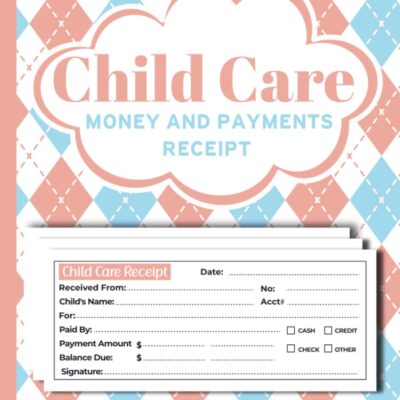
Welcoming a new baby into the world is a thrilling adventure, but it can also be a bit nerve-wracking, especially regarding preparing for delivery. Knowing what to expect helps some of those concerns be lessened. Some of those concerns can be reduced by knowing what to expect. This pleasant guide will help you get ready on this important day and smooth up your experience.
What to Expect During Labor
Let’s start with the basics: What happens when labor begins? Labor usually unfolds in three stages, each with its own experiences.
First, you’ll go through early labor. This is when contractions start, and your cervix begins to open up. These contractions are usually mild and come and go irregularly. It’s a great time to rest and stay hydrated. Just know that this phase can last for a while, so don’t feel pressured to rush to the hospital immediately.
Next comes active labor. This is when things start to get more intense. Contractions become more muscular, last longer, and come more frequently. You’ll likely head to the hospital or birthing center during this phase. The contractions are more challenging, and this is when you’ll need to use your pain relief strategies and stay focused.
Finally, there’s transition. This is the last part of labor and often the most intense. Your cervix finishes opening up, and contractions are at their strongest. It’s a challenging phase, but it means you’re getting close to meeting your baby!
Delivery Methods
When it comes to how you’ll bring your baby into the world, there are a couple of primary options to consider:
Vaginal delivery is the most common way This entails passing the newborn via the birth canal. It typically means a quicker recovery and fewer complications, but it’s also essential to be prepared for anything. Labor can be unpredictable, and sometimes interventions might be needed.
On the other hand, you might have a Cesarean section (C-section), which is a surgical operation whereby the infant is delivered through an incision in your abdomen. This might be planned or needed in response to unexpected complications during labor. C-sections generally have a longer recovery time and can carry some additional risks, so it’s good To go over this alternative with your doctor if you think it might be necessary.
Preparing for Delivery
Now, let’s talk about preparing for delivery on the big day. The more prepared you are, the more relaxed you’ll feel.
One great way to prepare is by taking prenatal classes. These classes cover a lot of helpful information about labor, pain management, and what to expect. They’re also a great way to connect with other expecting parents. If classes aren’t an option, plenty of books, videos, and online resources can help. Just make sure you’re learning from reputable sources.
Another helpful step is to create a birth plan. This is a document where you can jot down your preferences for labor and delivery, like how you want to manage pain, who you want with you, and your preferences for immediate baby care. While it’s important to stay flexible—things might not go exactly as planned—having a birth plan helps communicate your wishes to your healthcare team.
The Role of Support Partners
Your support partner can play a massive role during labor and delivery. Here’s how they can make a difference:
They can offer emotional support by encouraging you and keeping you calm. They can also provide physical comfort with massages or simply holding your hand. And don’t forget, they can be your advocate in the delivery room, ensuring your preferences are communicated to the healthcare team.
It’s also a great idea to prepare together. If your partner joins you in prenatal classes and helps create the birth plan, they’ll be more informed and ready to support you. Working together can make the whole experience smoother and less stressful.
Practical Tips for the Big Day
Having a few practical tips can make things easier when it’s time to go to the hospital.
First, make sure you’ve packed your hospital bag in advance. Include essentials like comfortable clothes, personal hygiene items, and a going-home outfit. Don’t forget items for your baby, like newborn clothes and diapers, and pack some snacks and a change of clothes for your partner.
Knowing when to go to the hospital is also vital. Generally, you should head over if your contractions are regular and robust—coming every 5 minutes or so and lasting about a minute each. If your water breaks or you’re unsure, don’t hesitate to call your healthcare provider. They can guide you on when it’s time to go.
Conclusion
Preparing for Delivery doesn’t have to be overwhelming. By understanding the labor stages, knowing your delivery options, and preparing thoroughly, you can confidently approach the big day. While things might not always go as planned, being well-prepared can help you handle the experience more quickly. Enjoy this exciting time, and get ready to welcome your new baby with open arms!
If you want to learn my #1 UpNature Calm Essential Oil Roll On Blend, Click Here Now.





